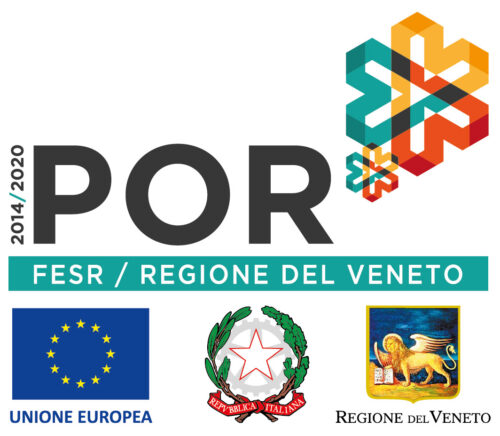Dry, Extra Dry, Brut, Extra Brut or Millesimato? 5 terms you should know about the world of Prosecco.

When we talk about Prosecco we often hear people using these terms, but which is their meaning?
Let’s start clarifying the meaning of the terms Dry, Extra Dry, Brut and Extra Brut: these terms are referred to the different sugar levels we could find in wines. To be aware of this detail could be helpful for choosing the right Prosecco to drink or buy.
“Dry Prosecco” is the sweetest one, it has a sugar level between 17 and 32 grams per litre. It is suitable for unusual and creative culinary matching, for instance with ethnic hot dishes, entry dishes with fresh prawns, finely sliced fish or even with dried pastries and candied fruits.
The term “Extra Dry” is a bit misleading because in English means “very dry”, but this Prosecco has a smooth mouthfeel to which a lively acid content gives the right touch of dryness. It has a sugar level between 12 and 17 grams per litre. It is great on aperitif or sipped with delicate dishes as white meat or fresh cheese that could exalt its taste even more.
It is called “Brut” the Prosecco with a sugar level lower than 12 grams per litre. It has an intense taste, lightly fruity with a standing sourness. Thanks to its character this wine is perfect to be enjoyed during the meal. The greatest matching: main dishes, white meat or fish, vegetables, fresh or medium- aged cheeses. We can easily say that Brut is a very versatile wine.
The last term “Extra Brut” describes a wine with a really low sugar level, between 0 and 5 grams per litre. This type of Prosecco is suitable to be drunk during meal thanks to its extremely dry character. The perfect wine paring is with main dishes with shellfish or grilled fish.
And “Millesimato” what does it mean? If a wine is Millesimato, it means that it has been produced with almost 85% of grapes of the same vintage. On the label furthermore this specification, we should find the year, in fact the “millesimo” is the harvest year.




